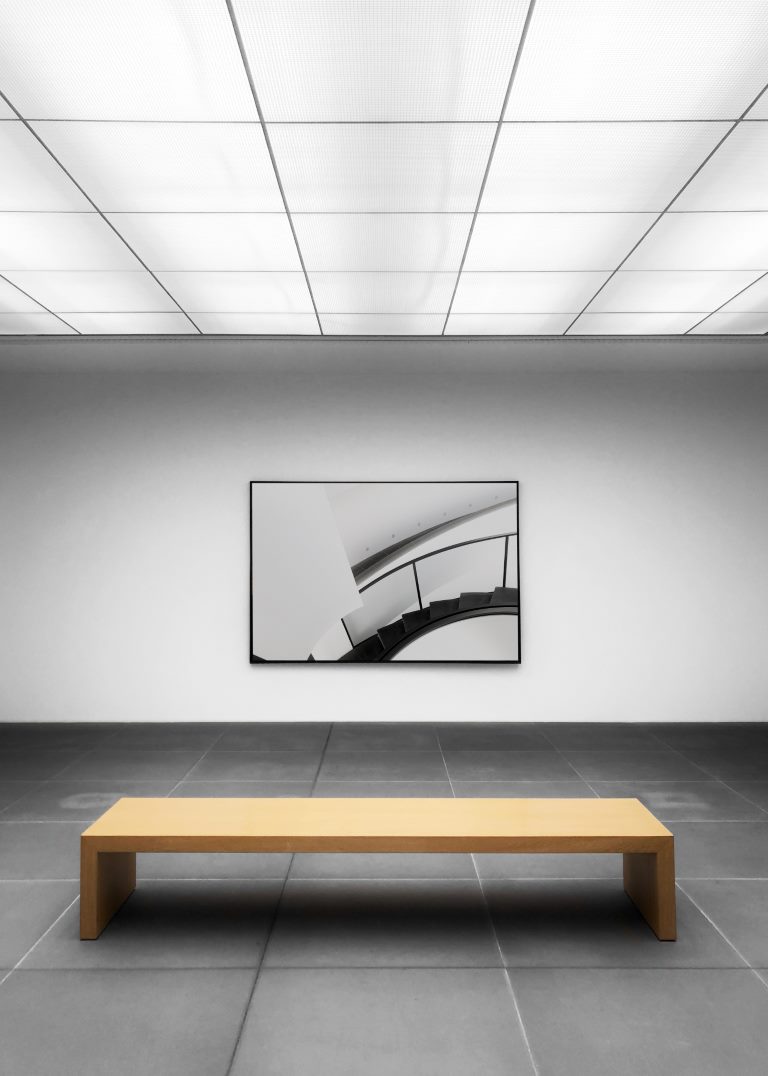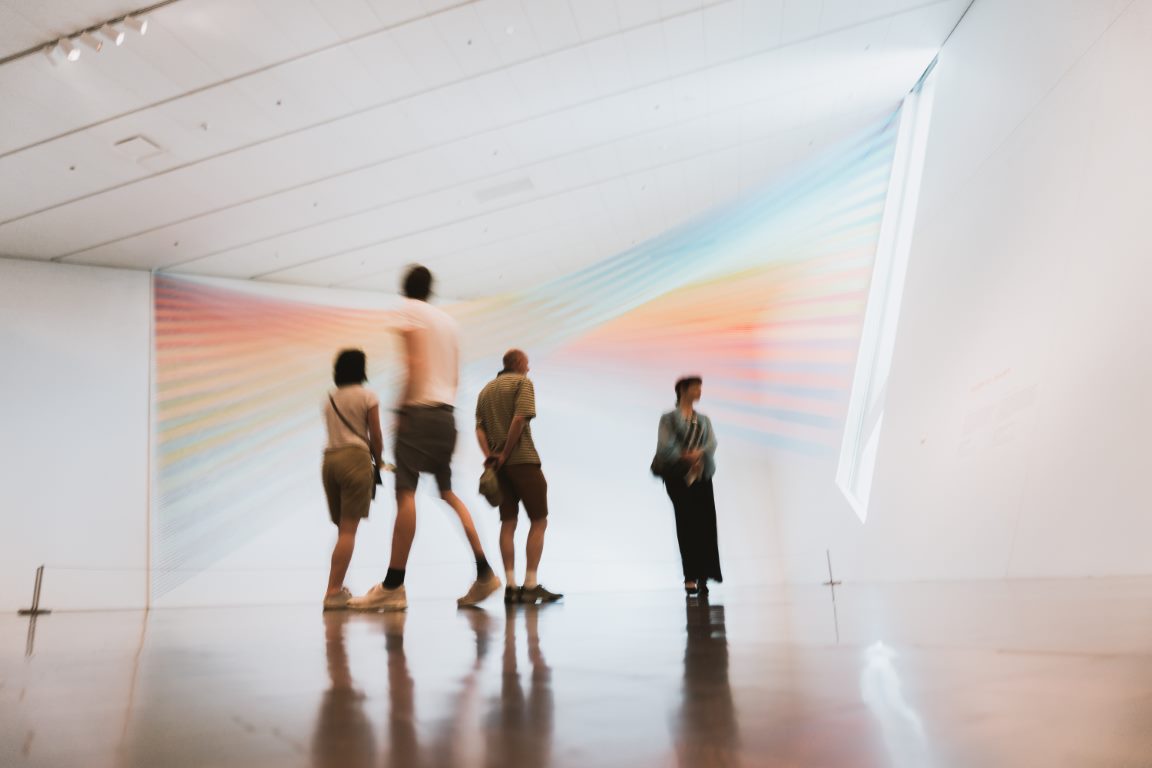How to Plan Your History Tour of the Great Mosque of Cordoba
Cordoba is a beautiful city in Spain that has a rich cultural heritage. It is one of the most popular places to visit in the country because of its historical treasures. One of the most iconic tourist sites in Cordoba is the Great Mosque of Cordoba. It is considered one of the best examples of Islamic art in Spain and a must-visit for anyone interested in history and architecture. If you are planning to explore the Great Mosque Cathedral, we recommend booking a tour in advance. In this blog post, we will guide you through everything you need to know to plan your history tour of the Great Mosque of Cordoba.Experience
The History of the Great Mosque of Cordoba tour takes you through a labyrinth of beautiful columns, double arcades, and horseshoe arches. A local qualified guide will accompany you and provide you with all the information you need about the fascinating history of the site, which has undergone several changes throughout the centuries. During the tour, you will also learn how a cathedral was built inside the mosque after the Christian conquest. You will admire the Baroque altarpiece and the mahogany choir stalls, which are stunning examples of the intricate Baroque style of art.Highlights
The following are some of the highlights of the tour:Explore the Great Mosque-Cathedral of Cordoba
The Great Mosque of Cordoba is an architectural gem situated in the heart of the city. It is a UNESCO World Heritage Site and attracts millions of tourists every year. Once inside, you can take in the intricate details of the building, which is a testament to the enduring impact of Islamic art and culture on the city.Tour a Labyrinth of Beautiful Columns, Double Arcades and Horseshoe Arches
The columns of the mosque are stunning and showcase a unique blend of Roman, Visigoth, and Islamic architectural styles. The double arcades and horseshoe arches are breathtaking and offer an unparalleled view of the mosque-cathedral.Learn How a Cathedral Was Built Inside the Mosque After the Christian Conquest
The Christian Conquest of Cordoba marked a turning point in the city’s history. A cathedral was built inside the mosque, which resulted in a unique blend of Islamic and Christian art and architecture. Your guide will explain the history and significance of this unique adaptation.Admire the Baroque Altarpiece and the Mahogany Choir Stalls
The Baroque style of art features a complex blend of classical motifs and ornamentation, and the mosque-cathedral is home to some of the most stunning examples of the Baroque style. The Baroque altarpiece and the mahogany choir stalls are a testament to the complex and intricate nature of this artistic style.Full Description
The History of the Great Mosque of Cordoba tour is an immersive experience that takes you through the fascinating history of the mosque-cathedral. A local qualified guide will accompany you and provide you with all the information you need to understand the significance of the site. The tour includes skip-the-line entry to the mosque-cathedral, so you don’t have to wait in line to enter the site. You will also receive audio receivers to listen to the guide inside the mosque-cathedral. The entrance fee to the mosque-cathedral is also covered in the tour, along with VAT. However, food and drink are not included, so make sure you carry some snacks and water with you.Booking the Tour
If you are planning to visit the Great Mosque of Cordoba, we highly recommend booking the History of the Great Mosque of Cordoba tour in advance. The tour is offered by a third-party company, and you can book it by visiting this link book the tour here.Book Your Tour Now
Visiting the Great Mosque of Cordoba is an unforgettable experience that you don’t want to miss. The history and architecture of the mosque-cathedral are awe-inspiring and offer a unique insight into the fascinating cultural heritage of Cordoba. By booking the History of the Great Mosque of Cordoba tour, you can make the most of your visit and enjoy an immersive experience that takes you through the history and significance of this iconic site.
Frequently Asked Questions about Cordoba, Spain
Cordoba is a stunning city that is situated in the Andalusian region of Spain. With its cobbled streets, beautiful architecture, and fascinating history, it’s no wonder that it has become an increasingly popular destination for travellers from all over the world. Here are some of the most frequently asked questions about Cordoba.
1. What is the best time of year to visit Cordoba?
The best time to visit Cordoba is in the spring, from March to May, and in the fall, from September to November. During these months, the weather is mild, and there are fewer tourists. In the summer, the city can get very hot, which can make sightseeing uncomfortable.
2. What are some of the must-see attractions in Cordoba?
Cordoba is full of amazing attractions, some of the most famous of which are:
- The Mezquita-Catedral de Cordoba: This is a unique mosque/cathedral that features a stunning mix of Christian and Islamic architecture.
- The Alcazar de los Reyes Cristianos: This historic palace was the residence of the Catholic Monarchs.
- The Jewish Quarter: A beautiful area with a rich history and charming streets!
- The Roman Bridge: A beautiful structure that has been standing for over 2000 years.
3. How long should I stay in Cordoba?
It’s recommended that you stay in Cordoba for at least two days. This will give you enough time to see the most important attractions, experience the city’s charm, and enjoy its delicious cuisine.
4. What is the food like in Cordoba?
Cordoba is known for its delicious cuisine, which is heavily influenced by the region’s history and culture. Some of the most popular dishes include:
- Salmorejo: A delicious cold soup made with tomatoes, bread, olive oil and garlic.
- Flamenquin: A fried pork dish stuffed with ham and cheese.
- Gazpacho: A cold soup made with tomatoes, peppers, cucumber, and bread.
- Rabo de Toro: A hearty dish of braised oxtail.
- Pescado Frito: A simple but delicious dish of fried fish.
- Tortilla de Camarones: A small omelette made with tiny shrimp.
5. How do I get to Cordoba?
The easiest way to get to Cordoba is by flying into Seville or Malaga and then taking a train or bus to Cordoba. There are also direct train and bus routes to Cordoba from other Spanish cities, such as Madrid and Barcelona.
6. How is the public transportation system in Cordoba?
Cordoba has a good public transportation system, including buses and taxis. The city is small enough to easily walk around, so you may not even need to use public transportation very often.
7. Is it safe to travel to Cordoba?
Cordoba is generally a safe and friendly city. However, like any city, visitors should take precautions to keep themselves and their belongings safe.
8. What is the weather like in Cordoba?
Cordoba has a Mediterranean climate, which means hot summers and mild winters. During the summer months, temperatures can easily reach over 40°C (104°F) during the day, so it’s important to stay hydrated and avoid being outside during the hottest part of the day.
9. What is the nightlife like in Cordoba?
Cordoba has a lively nightlife scene, particularly in the summer months when visitors can enjoy open-air bars and clubs. The city is famous for its flamenco shows, which take place in various venues throughout the city. There are also plenty of restaurants and cafes where you can relax and enjoy a drink or two.
10. What is the local language in Cordoba?
The official language of Cordoba, as with the rest of Spain, is Spanish. However, English is widely spoken in tourist areas, so you shouldn’t have too much trouble communicating.
Book Your Tour Now
Cordoba is a beautiful city full of history, culture and amazing cuisine. Whether you are interested in architecture, history, or simply soaking up the atmosphere, Cordoba has something for everyone. With its mild climate, friendly population and excellent public transportation, it’s an easy city to explore. If you are planning to visit Cordoba, be sure to include some of the must-see attractions on your itinerary, and don’t forget to try some of the delicious local cuisine!

How to Spend Your Time as a Tourist in Cordoba
Cordoba is a city located in Andalusia, Spain. This city is famous for its history, culture, and architecture. It is located in the heart of Andalusia and has a lot to offer for its visitors. If you are planning to travel to Cordoba soon, here is a list of things to do and see during your visit.1. Visit the Mezquita-Cathedral
The Mezquita-Cathedral is one of the most popular attractions in Cordoba. This historical monument was originally a mosque during the Islamic rule in Spain. Later on, it was converted into a cathedral when the Christians took over the city. This building is an impressive example of the mixture of Islamic and Christian architecture. The entrance fee to the monument is 11 euros per person.2. See the Puente Romano
The Puente Romano is a Roman bridge located in the city center of Cordoba. This bridge is one of the oldest bridges in Spain, dating back to the 1st century BC. It was used for transportation across the Guadalquivir River since ancient times. Nowadays, the bridge is only open for pedestrians and it’s a perfect spot to take a stroll while enjoying the views.3. Explore the Alcazar de los Reyes Cristianos
The Alcazar de los Reyes Cristianos is a palace located in the city center of Cordoba. This palace was built in the 14th century and served as the residence of the Christian kings during their visit to Cordoba. Nowadays, the palace is open to visitors as a museum. You can see the beautiful gardens, the Roman mosaics, and the old baths that were used during the Muslim rule in Spain.4. Walk around the Jewish Quarter
The Jewish Quarter, also known as Juderia, is a neighborhood located in the old town of Cordoba. This neighborhood is full of narrow streets, whitewashed houses, and flower-filled patios. It is a great place to walk around and enjoy the architecture and history of the city. You can also visit the Synagogue of Cordoba, which is located in this quarter.5. Visit Medina Azahara
Medina Azahara is an archaeological site located outside the city of Cordoba. This site was the palace-city of Abd al-Rahman III, the first caliph of Cordoba. It was built in the 10th century and was abandoned after it was destroyed during the civil war in the 11th century. Nowadays, you can visit the ruins of the palace-city and enjoy the views of the surrounding mountains. The entrance fee to the site is 1.50 euros per person.6. Participate in the Cordoba Patio Festival
The Cordoba Patio Festival, also known as Festival de los Patios, is a festival that takes place every year in Cordoba during the first two weeks of May. During this festival, the locals open their beautifully decorated patios to the public. You can enjoy the flowers, the colors, and the smells of the Andalusian patios while listening to music and enjoying some local food and drinks.7. Try the local food
Cordoba is famous for its gastronomy. There are many local dishes that you should try during your visit, such as salmorejo (a cold soup made with tomatoes, bread, and olive oil), flamenquin (a fried roll of ham and cheese), or rabo de toro (oxtail stew). You can also try the local wine, which is made in the Montilla-Moriles region, located near Cordoba.Book Your Tour Now
Cordoba is a city full of history, culture, and architecture. There are many things to do and see during your visit, such as visiting the Mezquita-Cathedral, seeing the Puente Romano, exploring the Alcazar de los Reyes Cristianos, walking around the Jewish Quarter, visiting Medina Azahara, participating in the Cordoba Patio Festival, and trying the local food. With this list, you can make the most of your time as a tourist in Cordoba.Table of Contents

